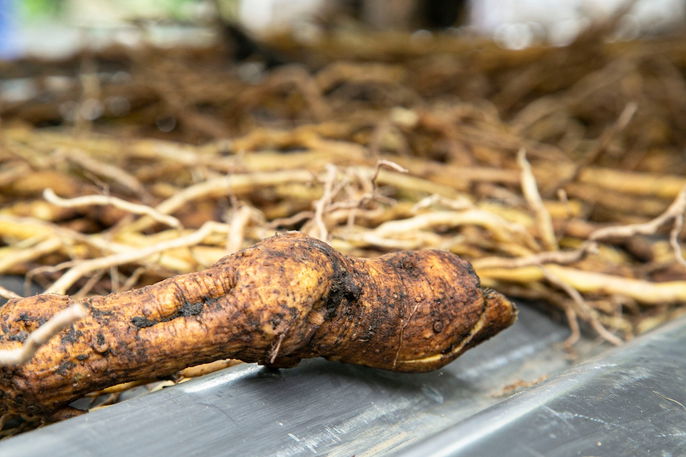Kava kava is a plant that is commonly used in traditional medicine to treat cases of anxiety, agitation or tension. It is scientifically known as Piper methysticum and can be found in natural health stores, online and even some supermarkets.
This plant contains some very important active substances, like kavalactones. Some studies show that these substances appear to act in a similar way to anxiolytic medication to regulate GABA neurotransmitters in the brain.
Kava kava can be a great natural treatment for anxiety and agitation before opting for medication. However, to ensure it is used correctly with the right dosing, it should be prescribed by a naturopath, registered dietitan or medicinal plant specialist.

Health benefits
Kava kava can be taken to:
1. Reduce anxiety
Kava kava is rich in kavalactones, which are natural substances that regulate GABA neurotransmitters in the brain. Kava kava works similarly to benzodiazepines, which are the main type of medications that are used to treat anxiety.
Therefore, kava kava can be used to reduce anxiety and tension and improve relaxation, due to its soothing, relaxing and anxiolytic properties.
2. Relieve PMS symptoms
Kava kava can help to relieve PMS symptoms, like irritability and anxiety, due to the kavalactones in its composition. These have soothing and anxiolytic action.
3. Combat insomnia
Because kavalactones have a soothing and relaxing effect on muscles, kava kava can help to combat insomnia and help to improve sleep quality.
In addition, it also contains anxiolytic effects that help to reduce stress and anxiety, which are common factors in insomnia.
4. Reduce the risk for neurodegenerative diseases
The kavalactones in kava kava contain neuroprotective properties that help to reduce the risk for neurodegenerative diseases like Alzheimer's, Parkinson's or stroke.
However, more studies are needed to support these benefits.
5. Help to treat seizures
Some studies show that kava kava that can be used in cases od seizures. One of its kavalactones, kavain, employs antagonist effects on sodium channels, which can stabilize electric action within neurons.
However, kava kava should not replace seizure medications that are prescribed by a neurologist.
How to consume
The most commonly used part of the kava kava are the rhizomes, as these are where its active substances are most concentrated. There are many ways to use this plant:
- Supplements (capsules): This is the form that is most effective, as the capsules are made with the most concentrated active substances taken from the plant's extract. To use it as a supplement, you should ideally consult a medicinal plant specialist. The recommended dose is 60 to 120 mg per day, in cases of extracts with 50 to 70% kavalactone concentration.
- Tea: Kava kava rhizomes can also be used to make tea, although it is not possible to know the concentration of active substances in this form. You should boil one tablespoon of kava kava rhizomes in 500 mL of water for 10 minutes. Then strain, wait for it to cool and take two to three times per day, or in moments when you feel most anxious.
Ideally, you should see a medicinal plant specialist to determine the best form, dosing and treatment duration for your health goals and needs.
Possible side effects
The main side effect associated with kava kava use is serious liver injury. However, studies done on this side effect were completed on people who had other habits that can alter liver functioning. Because the true effect of kava kava on the liver is not well known, you should not exceed a dose of 120 mg per day.
Contraindications for use
Kava kava is contraindicated for use by pregnant and breastfeeding women, as there are no studies done to support its safety in these populations. However, it should be avoide by anyone with liver disease or anyone taking antidepressants without monitoring by your doctor.






























